Weight exercises, when combined with adequate nutrition, can enhance body composition in both genders. Not only does weight training strengthen muscles, but it also aids in energy balance by promoting calorie burn through multiple mechanisms.
There are two main ways in which weightlifting helps with energy balance. Firstly, muscle mass is metabolically active and can burn calories even at rest, in contrast to fat tissue. Secondly, resistance training promotes calorie burn during the workout and after, as the body repairs tissues.
In addition to enhancing muscle strength, weight training also promotes bone strength and increases metabolism. By adhering to a consistent weight training regimen, you can sustain an active lifestyle in the long run, which can prevent weight gain and reduce the risk of chronic illnesses commonly linked with aging.
If you aim to establish a workout routine and exercise more frequently, this workout plan is an excellent starting point. It is recommended to acquaint yourself with these exercises before progressing to more complex options.
You may perform these exercises in a circuit routine
- Complete each exercise in 30 seconds
- Rest for a maximum of 30 seconds
- Repeat each round of exercises 2-3 times
1. Stretches your Arms
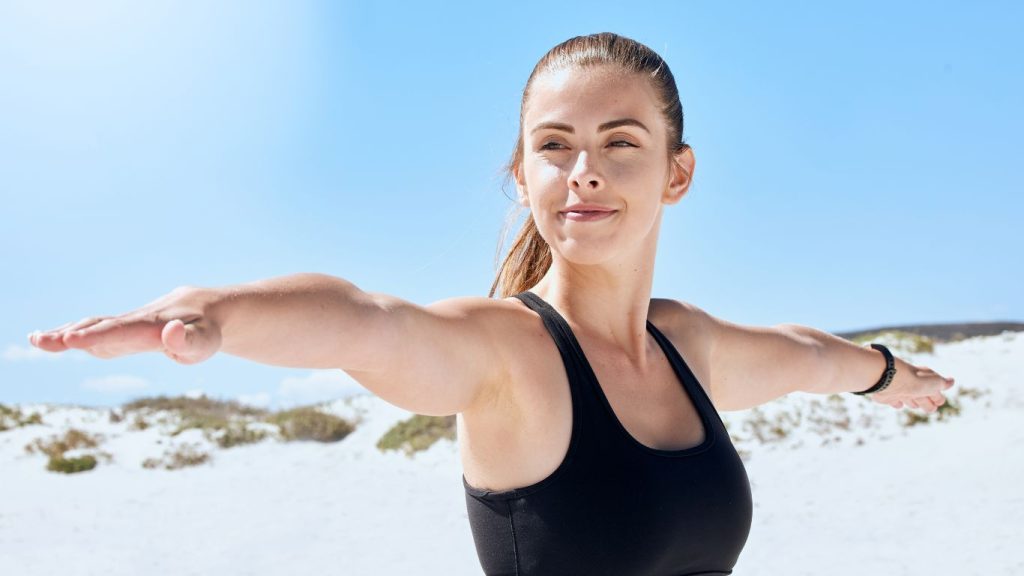
To prepare your body for exercise and increase blood flow, extended arm movements can be beneficial. Here’s how you can perform this warm-up routine:
- Stand with your feet shoulder-width apart, and extend your arms out to the sides at shoulder level, with palms facing downward.
- Begin making small circles with your arms in one direction, and then switch directions.
- Pulse your arms up and down next.
- Turn your palms to face forward, pulsing forwards and backward. Then, repeat with your palms facing backward.
- Return your hands to your sides and back up to the starting position.
- Each of these movements should be done for 20-30 seconds.
2. Pushups
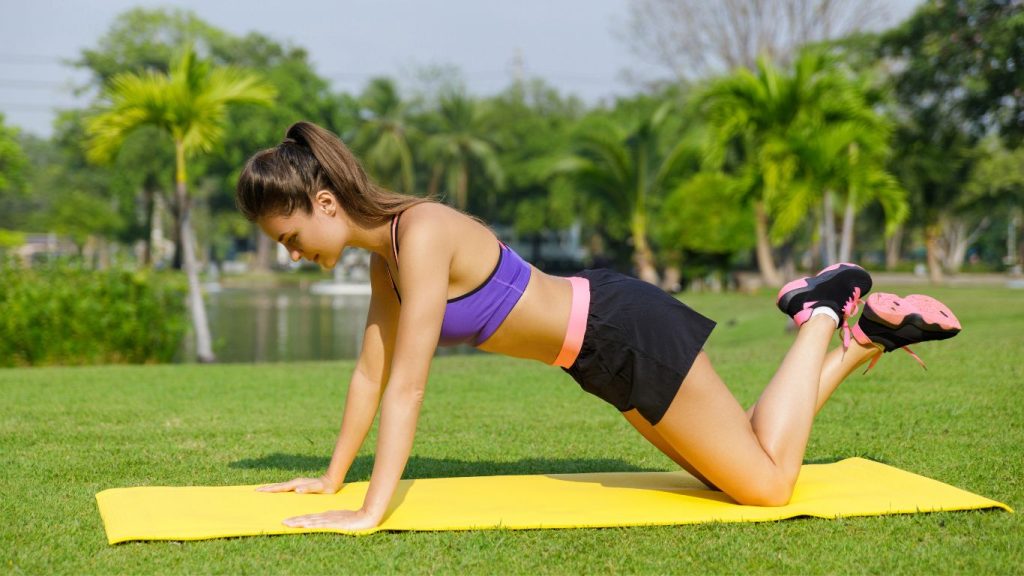
Return to the fundamentals of exercise by incorporating push-ups into your workout routine. This exercise targets the upper body, lower back, and abdominal muscles. Once you have mastered the standard form, you can explore different variations.
One such variation is to
- start from a plank position and lower your knees to the ground, while keeping your chest lifted.
- Then, gradually lower your chest towards the floor until your upper arms are parallel to the ground.
- Finally, raise your body back up to the starting position.
As you become stronger, you can attempt traditional push-ups with your legs straightened and knees aligned. If you require modifications to accommodate for comfort or limited space, you may want to consider wall push-ups.
3. Calf raises
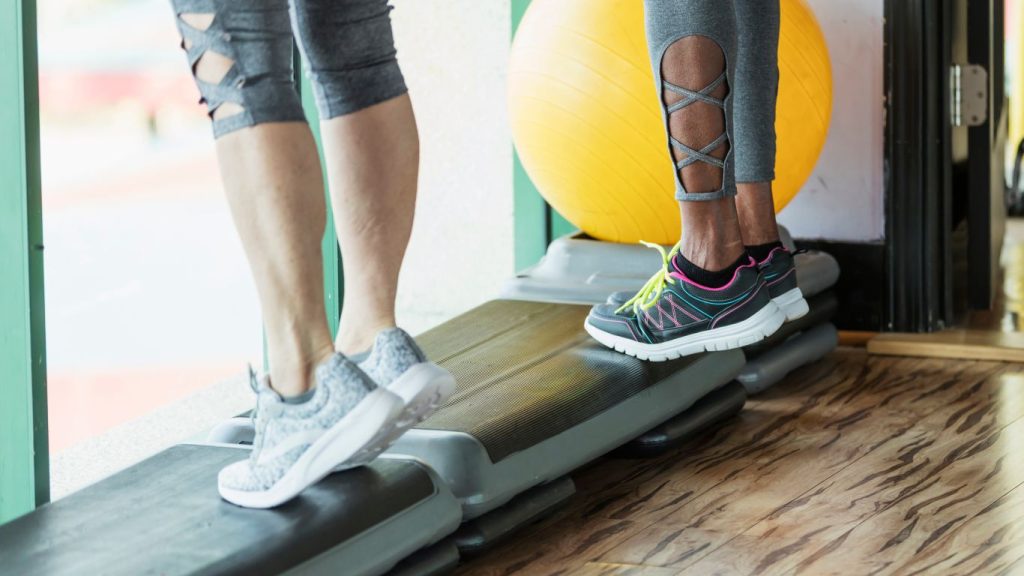
- Begin by standing with your feet positioned at shoulder-width apart.
- Place the weight on the balls of your feet, and lift your heels off the ground.
- Gradually return to the starting position and repeat for 30 repetitions.
- Next, maintain the elevated position on the balls of your feet and pulse up and down for 15 seconds.
- After the pulsing motion, hold the lifted position for another 15 seconds before lowering your heels. This constitutes one set of exercises.
4. Jumping Jacks
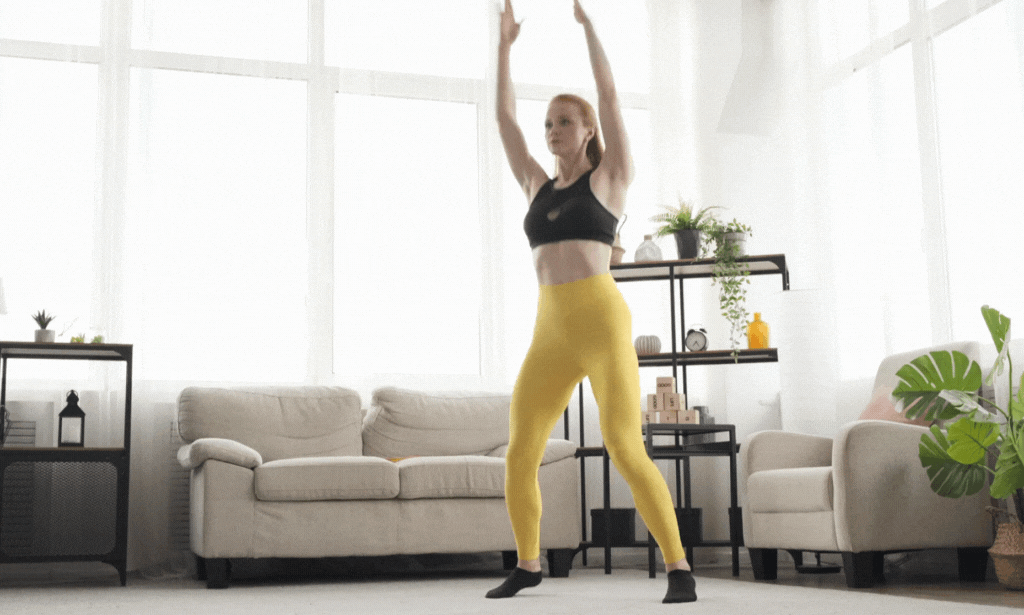
- Begin by standing upright with your arms positioned at your sides and your legs together.
- Proceed to jump up, spreading your feet to a shoulder-width distance or slightly wider, while simultaneously extending your arms above your head.
- Finally, jump back to the initial position to complete the exercise.
5. Balancing Table Pose
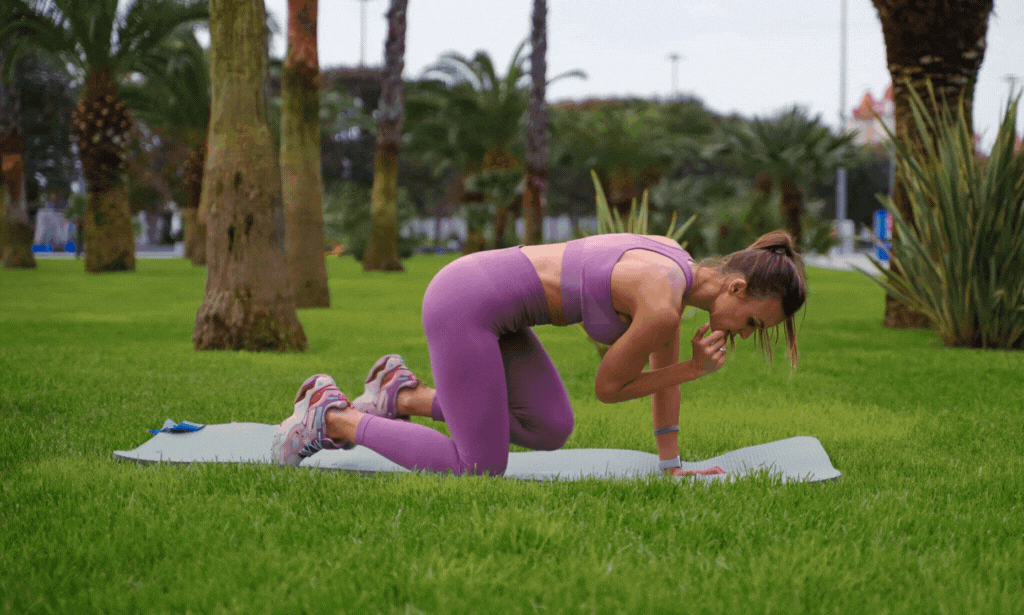
Regularly practicing this exercise can assist in developing stronger core muscles and a solid foundation for movement.
- Begin in a tabletop position, on all fours with your hands beneath your shoulders and your knees underneath your hips.
- Extend your left leg and your right arm straight out, so they are parallel to the ground. Hold this position for 10 seconds.
- While in this pose, rotate your wrist and ankle in both directions for 10 seconds.
- Exhale and draw your elbow and knee towards each other.
- Inhale and return to the starting position.
- Execute this seamless motion slowly and with purpose, and then switch sides and repeat.
6. Leg Raises
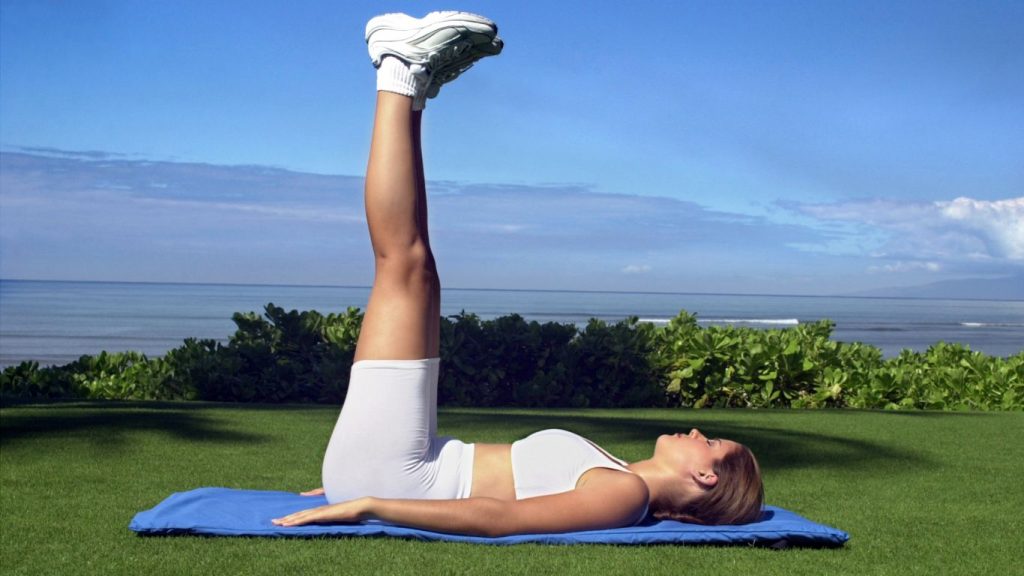
This exercise targets your legs and abs, while simultaneously stretching your muscles. It can assist in realigning your spine while also safeguarding your lower back. Once you’ve progressed to a point where you’re capable of performing this exercise with one leg, you can attempt it with both legs simultaneously.
- Lie down on your back and extend both legs towards the ceiling. Alternatively, bend one leg and rest the foot on the ground for additional support.
- Place your arms next to your body with your palms facing downwards.
- Exhale and lower your right leg towards the floor while using your core to maintain pressure on the lower back.
- Inhale and bring the leg back to the initial position.
- Continue for 30 seconds, then repeat the same process with your left leg.
Bodyweight training Exercises
Individuals with intermediate or advanced physical fitness levels are well-suited for this workout routine. It’s recommended for those who have been engaging in bodyweight training for some time or desire to integrate bodyweight exercises into their current workout regimen.
- Complete each exercise in 60 seconds
- Rest for a maximum of 60 seconds
- Repeat each round of exercises 2-3 times
1. Planks
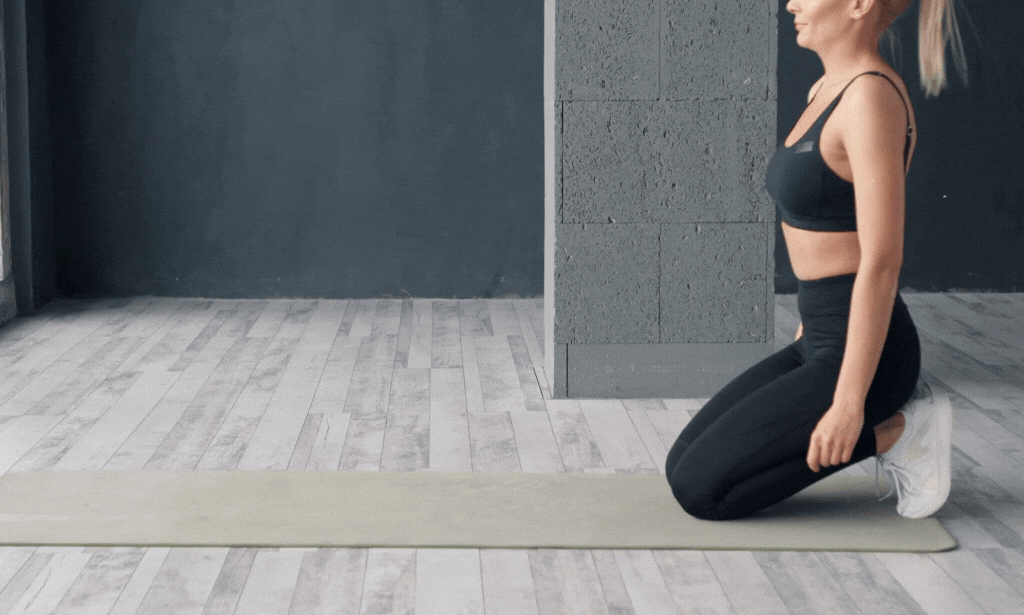
There are numerous variations of the plank, providing limitless possibilities to challenge yourself once you’re accustomed to the traditional version.
- Begin in a tabletop position on all fours. Proceed to extend your legs behind you, rising onto the balls of your feet while lifting your heels.
- Keep your head, shoulders, and hips aligned in a straight line while looking down at the floor.
- Engage all of your muscles, particularly your upper body, abdominals, and legs.
If the plank is uncomfortable on your wrists, switch to the low plank variation. In this instance, prop yourself up on your forearms while maintaining the same position and engaging your entire body.
2. Up-Down Dog Flow
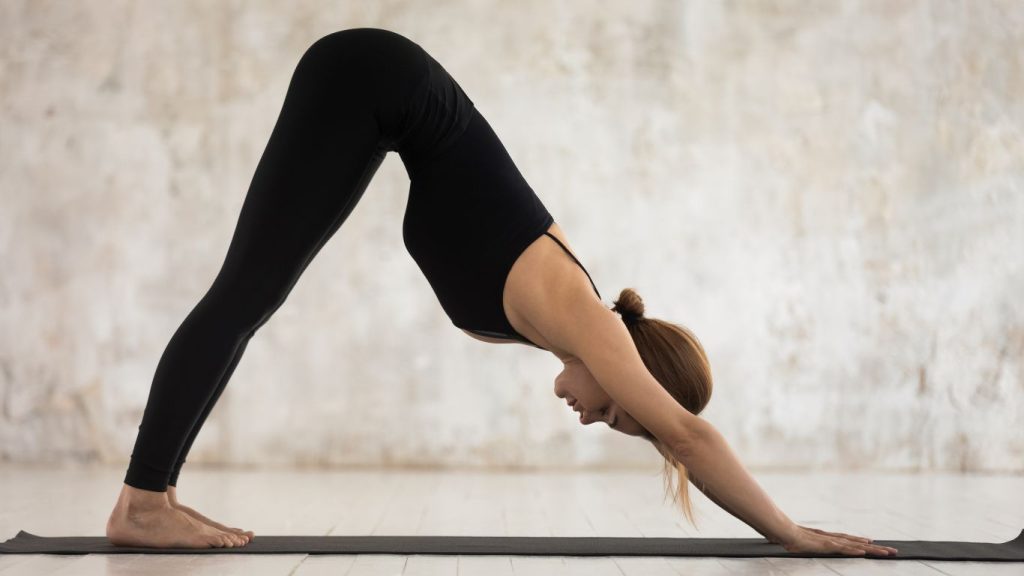
This sequence incorporates four distinct spine alignments, including Forward Bend, Back Bend, Stretch, Inversion, Strength, and Balance. Due to its body-toning benefits, yoga instructors may utilize this sequence for core strengthening and sculpting.
The Downward Dog Pose Upward Dog Pose Flow is a great addition to flow yoga routines as it enhances body energy levels.
These three poses are components of this flow:
- Downward Facing Dog Pose
- Plank Pose
- Upward Facing Dog Pose
Let’s start
- Start in Downward-Facing Dog, then transition into the plank position by lowering your body down.
- Next, lower your hips and lift your chest, opening up into Upward-Facing Dog.
- Return to Downward-Facing Dog and repeat this flow.
3. Locust
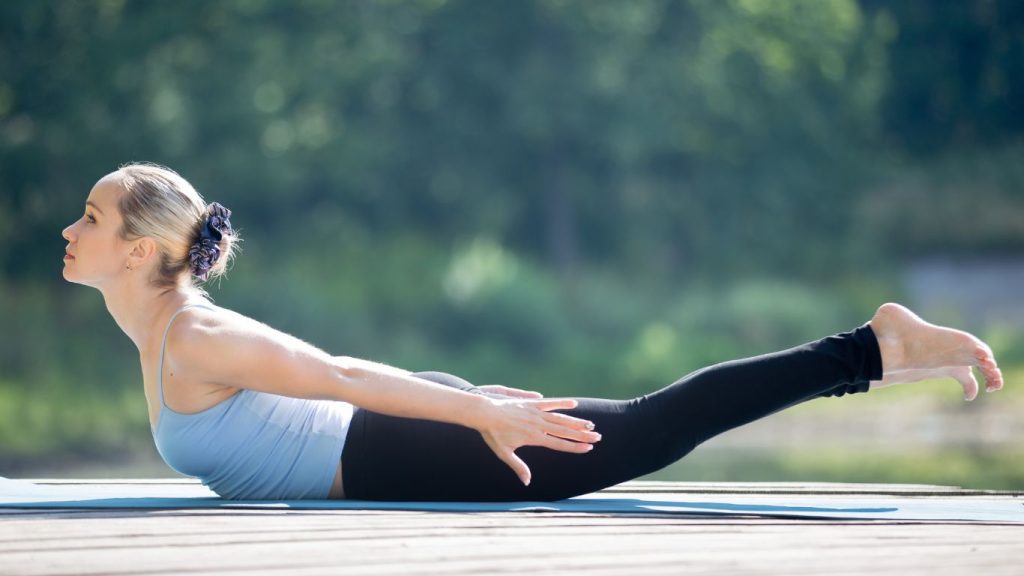
- Lie in a prone position with your arms and legs extended.
- Slowly lift your arms, chest, and legs off the ground.
- Return to the initial position and repeat the movement for 30 seconds.
- Take a 30-second break, then lift and sustain the upper position for 30 seconds.
4. Bridge Rolls
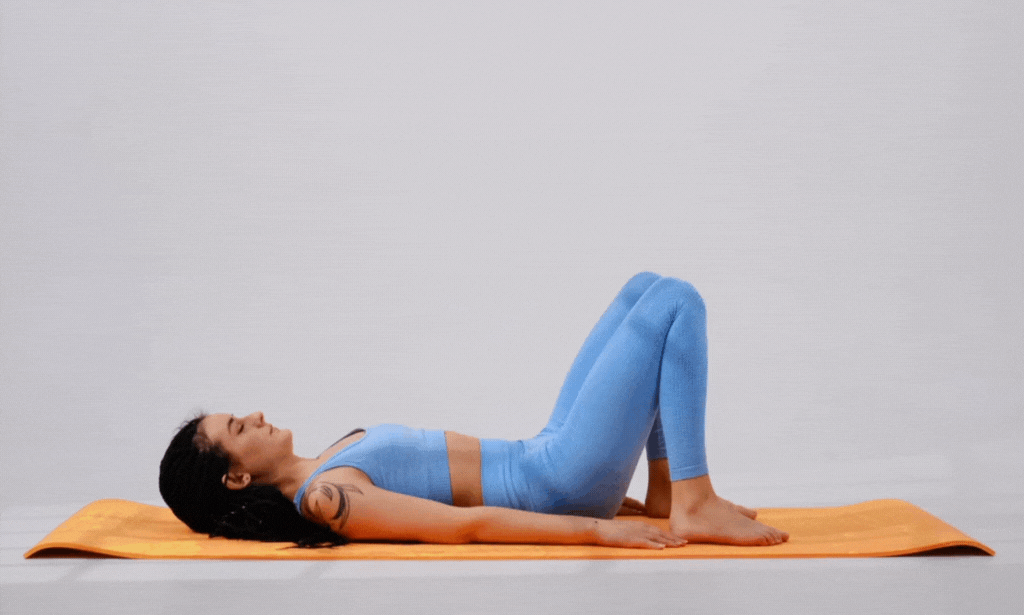
- Assume a supine position with your knees bent and your heels near your hips.
- Relax your arms beside your body, with your palms facing down.
- Raise your hips toward the ceiling and maintain this position for a few breaths.
- Gently lower your spine back to the floor and continue with slow and controlled movements.
5. Mountain Climbers
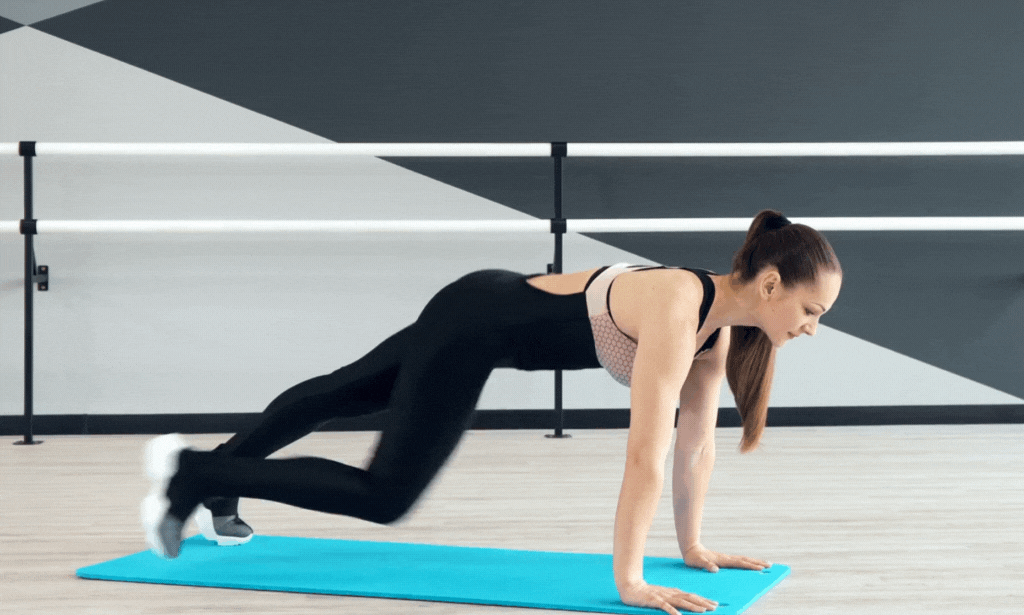
Mountain climbers are an effective full-body exercise that raises your heart rate and engages multiple muscle groups including chest, arms, abdominals, back, hips, and legs. Use slow and controlled movements, relying on your own resistance as you move your legs.
- Start by a plank position.
- Maintain a straight body as you bring your right knee towards your chest, then return it to the starting position.
- Switch to the left leg, and continue alternating between the right and left legs.
6. Jumping Rope
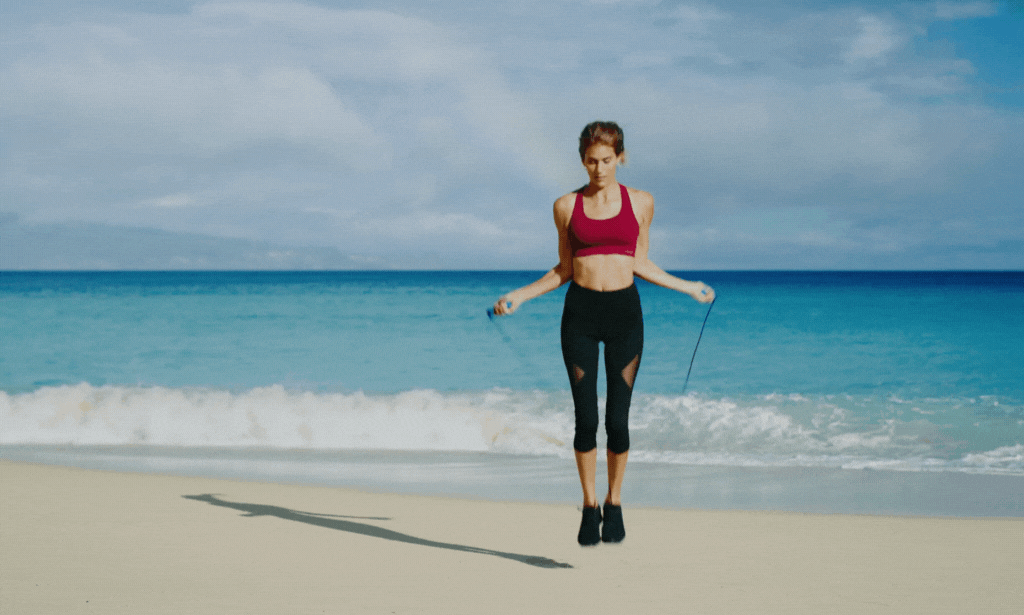
Jumping rope, a traditional exercise, is beneficial for both physical and mental health as it improves cardiovascular endurance, body awareness, agility, and coordination.
Begin by mastering the basic jump rope technique.
Add variety to your routine by jumping with the rope moving in reverse, or attempting one-footed jumps. You can also try jumping side-to-side or back-and-forth in a square pattern.
Benefits of Exercise
If you engage in bodyweight workouts, take walks, dance for cardio, or commit to stretching on a regular basis, it’s important to stay motivated by keeping in mind your reasons for doing it and taking small steps. Furthermore, it’s worth noting that regular exercise offers a range of benefits, such as improved cardiovascular health, weight loss, and increased mobility. These benefits contribute to enhancing your overall performance and movement. Additionally, consistent exercise can boost your energy levels, mood, and overall well-being, placing you in an ideal state to sustain and improve your routine.
Studies indicate that weight loss programs that include resistance training and a calorie deficit are highly effective in reducing body fat percentage. In case you are not fond of conventional cardiovascular exercises, engaging in resistance training along with a balanced diet can result in weight loss. It is noteworthy that while performing resistance exercises, your cardiovascular system will also benefit. Therefore, running, cycling, or swimming are not the only ways to enhance your cardiovascular fitness.
Bottom Line
To ensure success, it’s vital to set personal objectives and a plan to follow through with them. Start with attainable goals, and with time, the positive results of your perseverance will emerge, serving as a source of motivation.
If time is a constraint, perform a partial workout routine, and gradually increase your efforts. It is imperative to pay attention to your body’s signals and act accordingly, based on what is most beneficial for you each day. Prior to commencing an exercise regimen, it’s advisable to consult with your doctor if you are taking any medications or have any medical concerns.





order androxal price singapore
androxal en ligne
cheap enclomiphene cheap with fast shipping
ordering enclomiphene generic pharmacy canada
discount rifaximin cheap pharmacy
overnight buy rifaximin
online order xifaxan generic xifaxans
online order xifaxan new zealand buy online
buy cheap staxyn cheap usa
cheap staxyn canada cost
how to buy avodart generic usa
buying avodart canada over the counter
ordering dutasteride united kingdom
buy dutasteride australia price
buy cheap gabapentin usa buying
cheap gabapentin generic free shipping
prix bas kamagra sans ordonnance
medicament kamagra beon pharmacie
how to order flexeril cyclobenzaprine purchase no prescription
purchase flexeril cyclobenzaprine cheap where
discount fildena price discount
purchase fildena buy from canada
cheapest buy itraconazole generic effectiveness
buy cheap itraconazole generic free shipping
kamagra austrálie kde koupit
přes noc kamagra bez lékařského předpisu